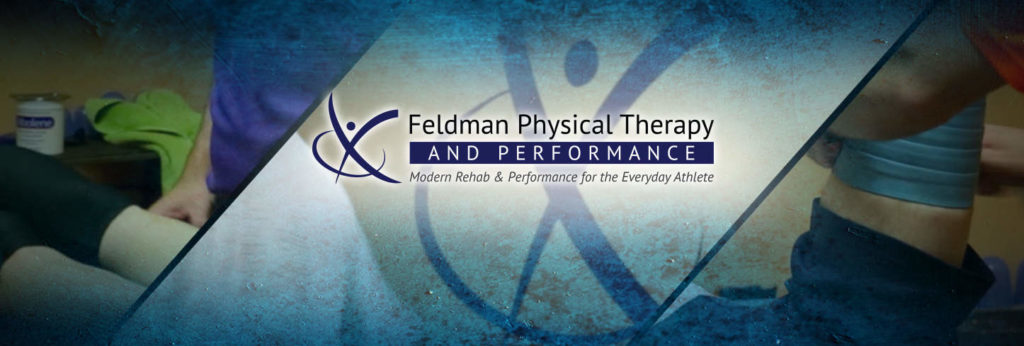Hi again! I’m back for our second installment on shoulder health. Last time I spoke about the delicate nature of the shoulder joint and how to create a well-balanced foundation to build on it. I also alluded to a handful of our favorite exercises to program into your workouts. Today, I’m going to get more specific with our shoulder secrets. Part Two, here we go!
If you read our first installment, you’ll know we care a whole lot about the scapula. The shoulder blade is unique in that it is should be mobile, yet stable. When sifting through the extensive exercise libraries that are available, it’s important to choose the most effective exercises that allow for stable movement. Just like a car needs to be sturdy as it drives down the road, the shoulder blade needs to be steady as it changes position.
The “Landmine Press” is one of my favorite moves for shoulder health. It is an overhead, forward pressing motion that places a great deal of stress on the shoulder joint, so not only is it a good movement for strength, but it also replicates the overhead or press motion often used in the gym. Quite often, shoulder dysfunction leads to pain with pressing or overhead motions and those movements get left out in the name of self-preservation. Then the spiral starts because the arm is never put in an overhead position and not only do the muscles not get used, but also the scapula never “practices” proper movement in that position. So, check out some landmine variations.
Another staple movement in my upper body routine is the row. Actually, any kind of row variation is beneficial when done properly. My last post highlighted the “more pulling than pulling” mantra and row variations do the trick. My favorite has always been a seated cable row for the rhomboid muscles (they help bring the shoulder blades closer to the middle of your back). However, form is key here. Most people keep their elbows close to their bodies and just drive them straight back. This doesn’t allow for much shoulder movement and only stresses the anterior shoulder capsule more…not great for the biceps tendon. For any row variation, keep a neutral back, tuck the rib cage down, keep your head from pushing forward and drive your elbows wide and away from your body. Give it a fair “one Mississippi” hold during those reps.
Laying “Windmill Presses” or “Arm bars” are also great for dynamic shoulder stability. These were also alluded to in the first post. Check out our video and have some fun with those bottoms-up kettlebells. These types of moves, and their variations, help your brain strengthen the muscles of the shoulder complex while in the most compromising positions. Start with a weight you can control and gradually increase reps and resistance.
The last tip I will give for this shoulder post is that you should always allow the shoulder blade to move during a pushing motion. I know we emphasized the need to pull, but that doesn’t mean you should stop pushing. A lot of lifters focus on keeping their shoulder blades pinched while doing any kind of horizontal push, but that doesn’t allow the scapula to move as it is supposed to. It needs to rotate upwards and out as the arm moves away from the body. That’s one of the reasons we love the landmine press. Keep that in mind!
That’s all for now. Check back for more shoulder secrets or send us a message!
